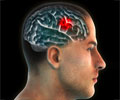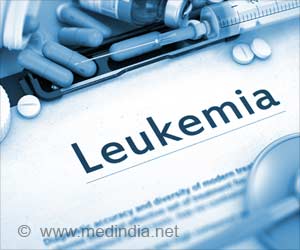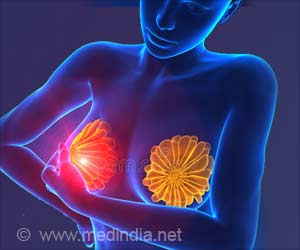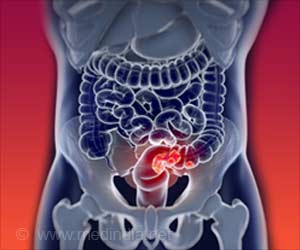Brain tumors can be a frightening prospect as most of them are diagnosed too late.
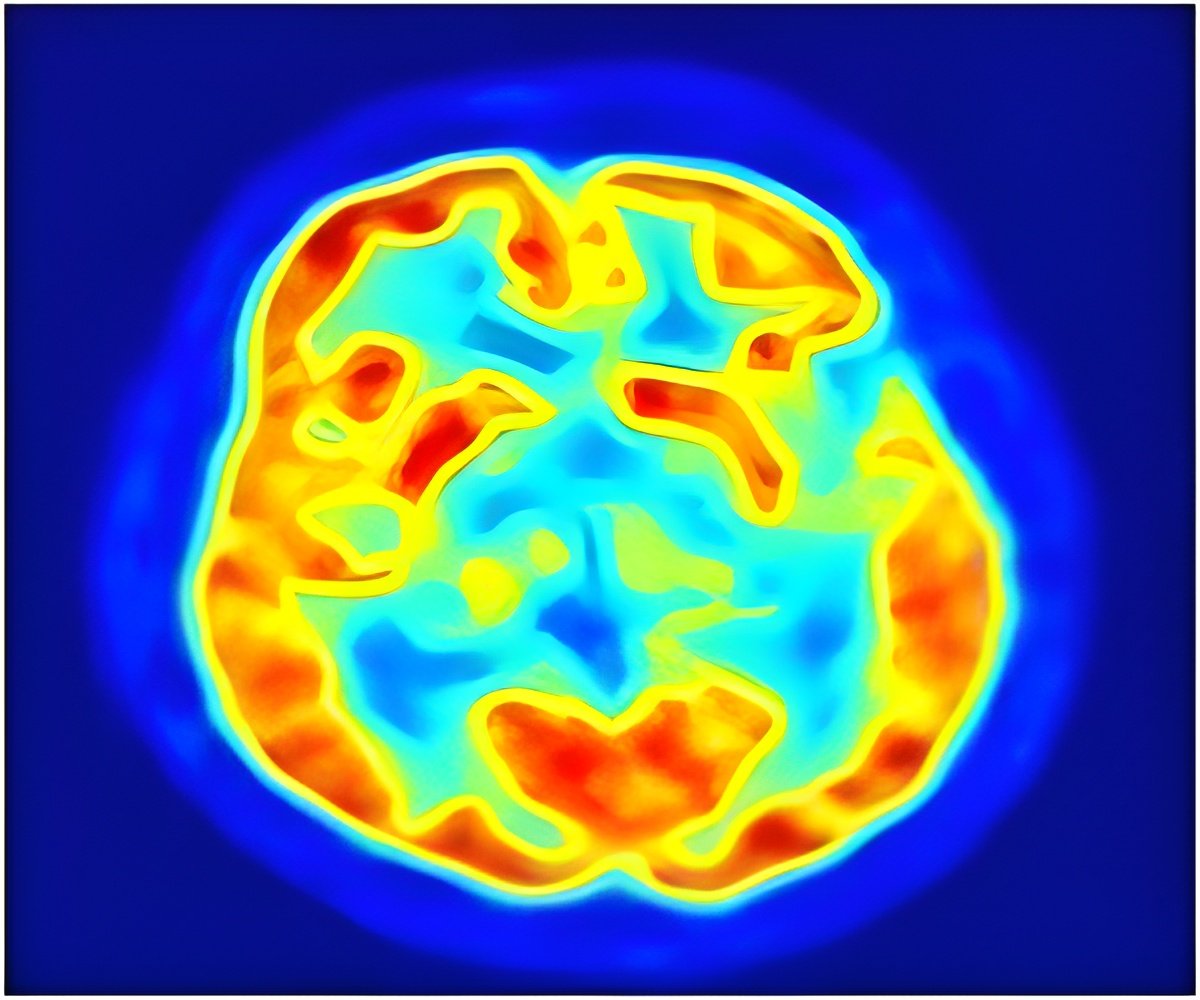
After an MRI showed a suspected tumor, Rek was immediately flown to Seidman Cancer Center at University Hospitals (UH) Case Medical Center, where Andrew Sloan, MD, diagnosed her with Stage 4 glioblastoma, the most aggressive form of brain cancer and the most difficult to treat.
"The tumors are comprised of the brain itself. It looks like brain tissue, it sort of feels like brain tissue. It's hard to figure out necessarily where tumor ends and swollen brain tissue begins," says Dr. Sloan, Director of the Brain Tumor and Neuro-Oncology Center and Peter D. Cristal Chair in Neurosurgery at UH Case Medical Center and Associate Professor at Case Western Reserve University School of Medicine.
To help identify the difference between tumors and healthy tissue and improve tumor resection, Dr. Sloan is testing an experimental drug called 5-Aminolevulinic Acid (5-ALA). The drug makes brain tumor cells glow hot pink when illuminated with a special blue light incorporated into his operating microscope.
This novel technique enables surgeons to visualize the edges of the tumor more clearly, allowing them to remove it more completely from the brain. Patients take the drug by mouth prior to surgery and then during their operation, Dr. Sloan uses the blue light to identify and remove tumor cells, a process called fluorescent guided resection (FGR).
Rek is now one of the volunteers in the research trial.
"If we get out 95 to 99 percent of the tumor, we can almost essentially double the patient's survival," says Dr. Sloan.
Dr. Sloan, lead investigator of the study looking at the effects of varying 5-ALA dose levels, is collaborating with David Dean, PhD, Associate Professor and Director of the Imaging Laboratory in the Department of Neurological Surgery at Case Western Reserve University.
Dr. Dean, an engineer, is working with Dr. Sloan to improve how FGR is performed by precisely measuring protoporphyrin ix fluorescence in tumors using a digital fiber-optic probe during surgery. Drs. Dean and Sloan believe that the digital probe will be both more sensitive and more precise than the current technique which is based on the surgeon's perception of how "pink" the tumor is.
The study is supported with funds from Dr. Sloan's Peter D. Cristal Chair in Neurosurgery and the Kimble Foundation.
"Nearly 13,000 people are diagnosed each year in the U.S. with malignant gliomas. Unfortunately, cures are rare and most patients live less than 2 years, so improved treatment options are critical," says Dr. Sloan.
Source-Eurekalert
 MEDINDIA
MEDINDIA



 Email
Email





